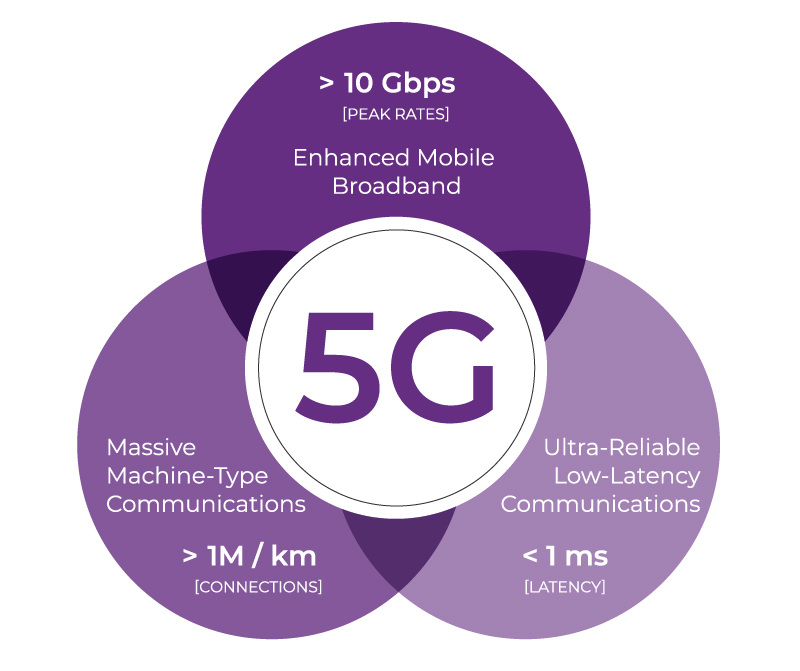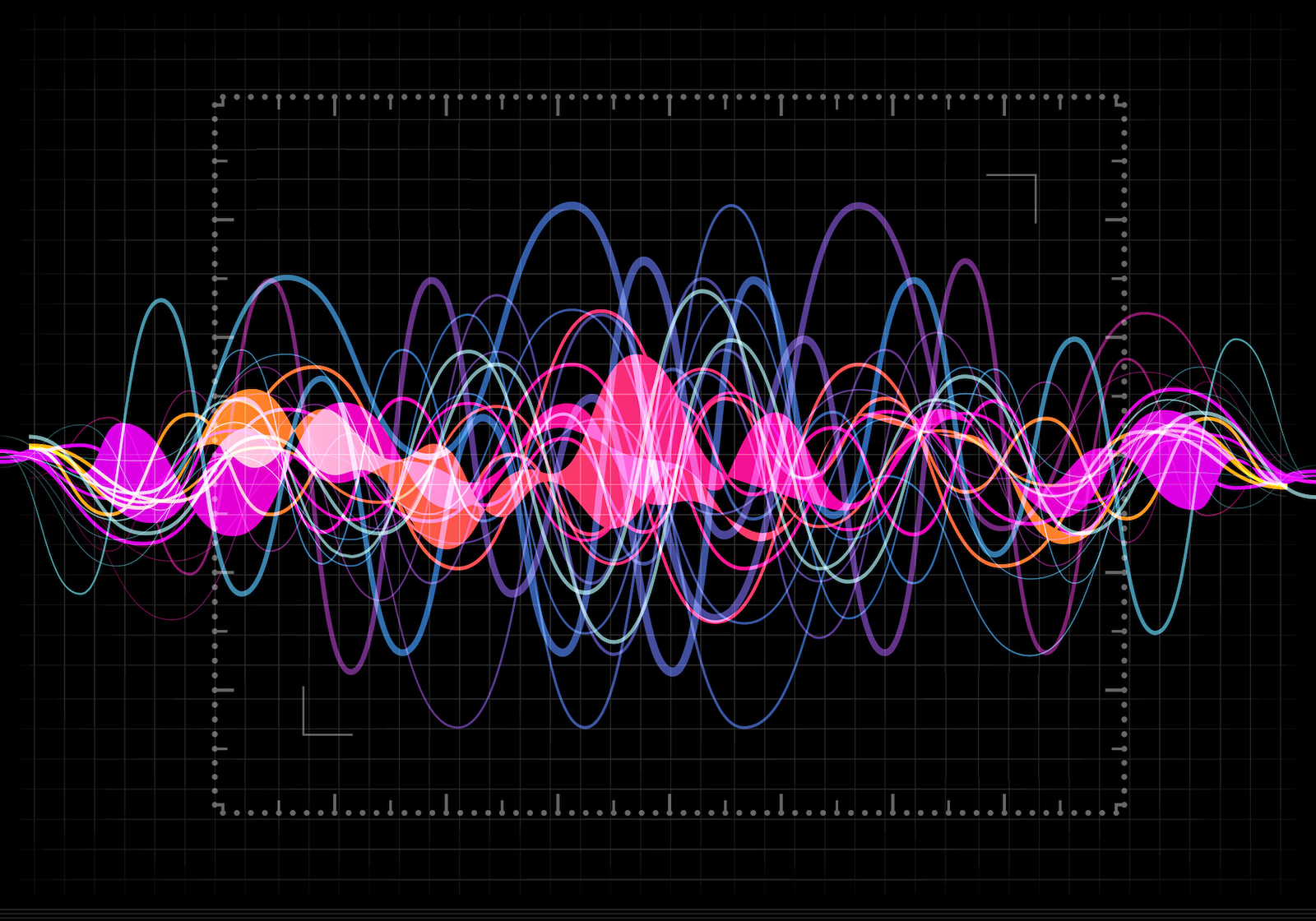6G is emerging as the next frontier in wireless technology. Going beyond mere speed improvements, 6G promises to revolutionise how we interact with technology. Central to this evolution is 6G spectrum allocation and usage – the range of electromagnetic frequencies used for transmitting wireless signals. This article delves into the critical aspects of the 6G spectrum, including frequency bands, regulatory considerations, and the impact on network performance, drawing insights from Nokia’s research and perspectives.
What is 6G spectrum?
“6G spectrum” refers to the new and unused frequency bands that are being considered for the sixth generation of wireless communication. Unlike previous generations, 6G is expected to explore higher frequency ranges, potentially including sub-terahertz (sub-THz) bands. These frequencies are key to achieving the ultra-high speeds and low latency expected from 6G networks.
It is important to note, however, that different frequencies have different characteristics. Lower frequencies tend to penetrate through materials more easily.
How does the 6G spectrum differ from the 5G spectrum?
The main difference between 5G vs. 6G spectrums lies in the frequency bands they operate in. While 5G primarily uses frequencies below 6 gigahertz (GHz) and extends into millimeter-wave bands (up to around 40 GHz), 6G is expected to push this boundary further, potentially utilizing frequencies in the terahertz range. This leap into higher frequencies will allow 6G networks to support even more data-intensive applications, although it also brings challenges in terms of signal range and penetration.
If you’re still with us, we’ll now get into the nitty gritty details of what the 6G spectrum looks and functions like.

What are the frequency bands within the 6G spectrum?
The frequency bands within the 6G spectrum are expected to cover a wide range, extending beyond traditional cellular frequencies that exist today. Specifically, the spectrum will likely encompass mid-band frequencies from 7 to 15 GHz, including distinct bands like 7.125-8.5 GHz, 10.7-13.25 GHz, and 14-15.35 GHz. These mid-band frequencies are chosen for their ability to strike a balance between capacity and coverage, which is vital for a robust and efficient 6G network.

Additionally, research is exploring the potential of the sub-terahertz (sub-THz) spectrum. This high-frequency range is particularly promising for applications that require ultra-precise sensing and positioning, representing a significant leap in wireless communication capabilities. The exploration into sub-THz frequencies underlines the ambition of 6G to push the boundaries of speed, accuracy, and connectivity.
To learn more about band frequencies, check out our band analysis tool.
Are companies currently set up to support the 6G spectrum?
As of now, most companies are still gearing up for the 6G era. The infrastructure and devices capable of supporting these higher frequency bands are under development. The first 6G specifications are expected to be available in 3GPP Release 21 in the second half of 2028, as projected by Nokia. This timeline suggests that companies will start ramping up their capabilities to support 6G in the latter part of this decade.
Is more spectrum needed to roll out 6G?
Yes, additional spectrum is essential for rolling out 6G. The global cellular traffic is expected to grow significantly, necessitating more spectrum to support this increase in a sustainable and economical way. The extended mid-band spectrum in the 7-15 GHz range is particularly crucial for meeting these future demands.
In October 2023, the Commerce Spectrum Management Advisory Committee (CSMAC) under the U.S. Department of Commerce’s NTIA, drafted a report on the development of 6G in the USA. This report, resulting from interviews with various stakeholders, acknowledges the current focus on 5G and 5G-Advanced deployment. It highlights the industry’s shift towards defining 6G technologies and spectrum, emphasizing the need for open networks and Open RAN in 6G. The subcommittee’s findings underscore the importance of mid-band frequencies up to 15 GHz for terrestrial 6G applications and the potential role of terahertz and millimeter waves, mainly in research and short-range communications.
What would an expanded 6G spectrum enable?
A world enabled by 6G spectrum would unlock numerous possibilities, including:
- Ultra-fast internet speeds
- Enhanced virtual and augmented reality
- Advanced Internet of Things (IoT) Connectivity
- Improved healthcare capabilities
- Smart cities
- Self-driving vehicles
- High-fidelity holographic communications
- Global connectivity
- Energy efficiency
- Enhanced emergency response
So, what’s next for the 6G spectrum?
The 6G spectrum is at the heart of the next generation of wireless technology. Its development and allocation will be critical in shaping how 6G networks will function and the kind of applications they will support. With the efforts of leading industry players like Nokia, the groundwork for this revolutionary leap in telecommunications is well underway, setting the stage for a more connected and technologically advanced future.
In the evolving landscape of 6G technology, a diverse range of frequency bands will be utilized. The 7-15 GHz range is poised to be the primary band for the initial rollouts of 6G. However, the effective implementation of 6G will also require tapping into the existing spectrum below 7 GHz. This necessitates advancements in dynamic spectrum sharing techniques to maximize the efficiency and utility of all available bands, ensuring optimal performance and broader coverage for 6G networks.
We’re looking forward to seeing how this evolves in the months and years to come.
For the latest 6G insights sent right to your inbox, subscribe to our newsletter.







